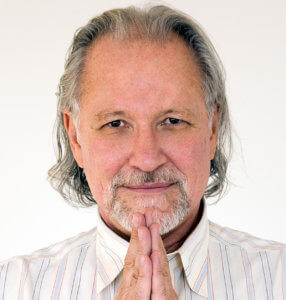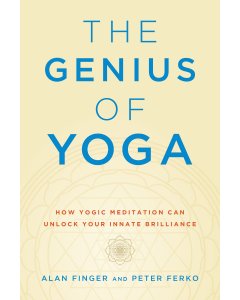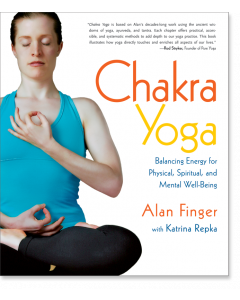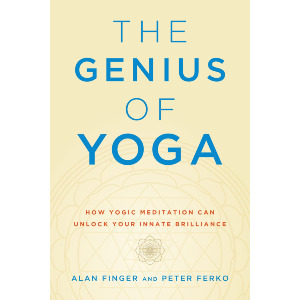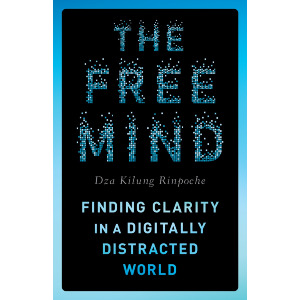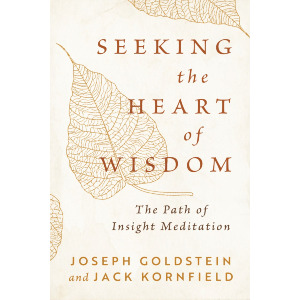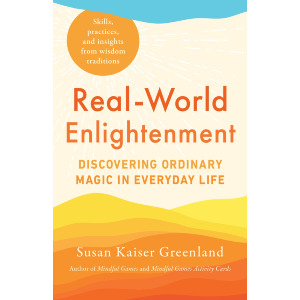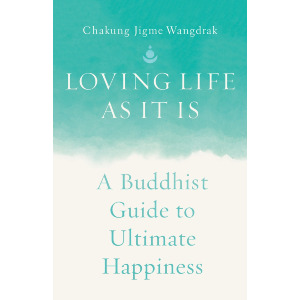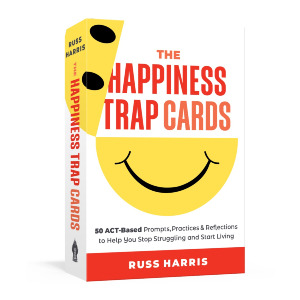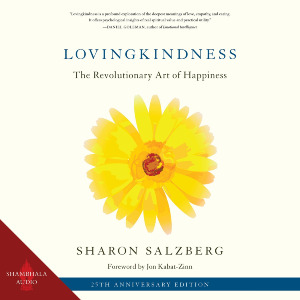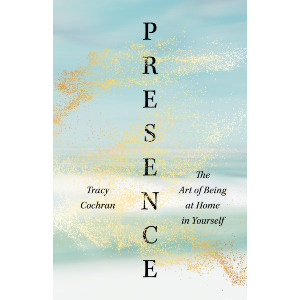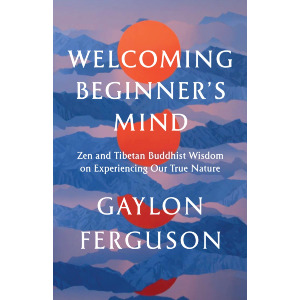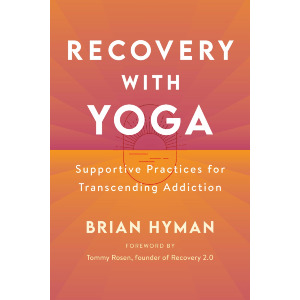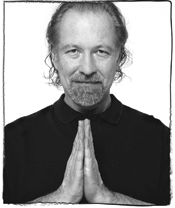

Alan Finger
Alan Finger was born and raised in South Africa and was a student of Paramahansa Yogananda, Krishnamacharya, and B. K. S. Iyengar, among others. He is nationally known for the depth of his training and for his gentle, friendly teaching style. Finger’s wisdom and appeal are reflected in the success of Yoga Works, the studio he founded in Los Angeles; Yoga Zone studios and videos; his four Be Yoga studios in New York; and his work with many prominent celebrities including Robin Williams, Barbra Streisand, Neil Diamond, Joni Mitchell, Diana Ross, and Kim Cattrall. He travels and teaches all over the United States, as well as in Canada, Europe, and South Africa. He lives in New York City.
Alan Finger
GUIDES
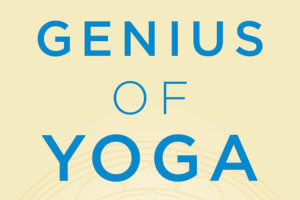
The Power of Meditation beyond Mindfulness
An excerpt from The Genius of Yoga
Yogis know what studies are showing: meditation is a remarkable tool for bringing mental health and physical well-being and healing. They know this through millennia of experience working with meditation and observing the results, like teachers who watch students learn and grow in music, language, and many other subjects without using the scientific method to prove it.
We also know that meditation can make changes in people’s minds and in their way of experiencing the circumstances of life. Sometimes these kinds of changes are relegated to the realm of religion, but yogis know that they are part of a natural transformation—you could say an “evolution”—that we can all have and that are possible in a completely nonreligious framework. They don’t conflict with religion or require religion. Instead, through meditation, we learn more about ourselves as human beings and how we work.
Yogis contend that the evolution that has been proceeding since the big bang includes the deepening of the understanding of ourselves. As we gain more insight, we will grow to know that we are made for meditation, and just as mindfulness practices have become commonplace, so too will meditation beyond mindfulness.
Mindfulness Is a Step, but There’s So Much More
As amazing as mindfulness is, it is only the beginning. It is a useful and beneficial practice, but it’s only a preliminary exercise on the path of meditation. To move from a distracted state to becoming focused and aware is only part of the following four stages of meditation:
1. Sensory withdrawal (focusing inward instead of outward)
2. Concentration
3. Effortless concentration
4. A state of oneness, called samadhi in Sanskrit
Mindfulness focuses on concentration, and helps you start to bring some of your mind’s workings into your awareness. In mindfulness practice, you might concentrate on something internal, like your breath or thoughts, but you might also focus on something outside, like the food you’re eating or the surroundings you’re walking through.
The essence of mindfulness is included in ISHTA Yoga, but we also use methods that go beyond mindfulness to efficiently move you through all four stages of meditation.
Why Should You Care about Going beyond Mindfulness?
Typical mindfulness practice keeps you in the realm of what yogis call manas, or the senses-focused mind. It’s not easy to find lasting contentment or consistently graceful living while limited to this part of us. We need to get a deeper sense of who we are—not just our thoughts, but the conscious awareness behind them. Experiencing (or knowing) that part of ourselves changes our whole perspective on living.
Mindfulness is a start. Dan Harris, the newscaster and host of a meditation podcast was once asked about the effect of his mindfulness practice, and he offered, “I’m about 10 percent happier.” Granted, he was undoubtedly underestimating for humor’s sake, but meditators who do all four stages of meditation are seeking and finding much more profound effects. The four stages of meditation are deeply transformative, leaving you feeling clearer about your purpose in life and empowered to live life gracefully—tuned in to your genius. We would estimate the happiness quotient from yoga meditation to be much higher!
When we’re dominated by the mind’s focus on what is outside of us, we’re limiting our resources. All of us have known someone whose life seems almost magical. They are emotionally balanced and compassionate toward others, they appreciate what they have, and they move gracefully through what life brings their way. Meditating beyond mindfulness opens the door to your inner resources, the part of you where the magic happens.
Scientists are understanding more and more about our physical world, our chemical and nervous systems, and our brains. Yogis have been working with these systems for millennia to develop techniques that give us access to a profound understanding of ourselves and what meditation brings back into our daily living. They poetically call what comes from meditation siddhi, or psychic power, to describe the shifts in a meditator whose life seems magical. Until scientists can figure out what happens and why these things work, they either won’t address them at all, or they’ll stick to what’s easier to measure—like the guy looking for his keys under the street lamp when he lost them by the gate.
But in spite of their inability to use the scientific method to define what yoga meditation does, hundreds of scientists have passed through the doors of our meditation classes to learn techniques of meditation beyond mindfulness, and they use them to enrich their own lives.
Share
Related Books
